
Wild Spinach Power: 10 Health Benefits of Lamb’s Quarters You Should Know
Lamb’s quarters, also known as wild spinach or goosefoot, is an often-overlooked green that grows in abundance in fields, gardens, and even along roadsides. Despite its “weed” status, lamb’s quarters has an impressive nutrient profile that rivals many of the well-known superfoods. Its rich content of vitamins, minerals, antioxidants, and fiber makes it a powerhouse of health benefits. In this article, we’ll explore why lamb’s quarters deserve more attention and how incorporating it into your diet can support your overall well-being.

Nutritional Profile of Lamb’s Quarters
Lamb’s quarters are packed with essential nutrients, including vitamins A, C, and K, as well as calcium, magnesium, potassium, and iron. Additionally, this leafy green contains high levels of protein, fiber, and antioxidants like beta-carotene and flavonoids. These nutrients collectively contribute to lamb’s quarters’ potential to boost immunity, support heart health, enhance digestion, and much more.

1. High in Essential Vitamins and Minerals
Lamb’s quarters provide an impressive range of essential vitamins and minerals that contribute to various aspects of health:
Vitamin A: Known for its role in vision, immune function, and skin health, vitamin A in lamb’s quarters supports eye health and helps protect against infections.
Vitamin C: This antioxidant-rich vitamin boosts immune function, promotes collagen production, and acts as an anti-inflammatory agent
Vitamin K: Essential for bone health and blood clotting, vitamin K plays a critical role in keeping bones strong and preventing excessive bleeding.
Incorporating lamb’s quarters into your diet can help prevent deficiencies in these essential nutrients and support overall health.

2. Rich in Antioxidants
Lamb’s quarters are packed with antioxidants, including beta-carotene and flavonoids, which help neutralize harmful free radicals in the body. Free radicals are unstable molecules that can damage cells and lead to chronic diseases like cancer, heart disease, and premature aging. By regularly consuming lamb’s quarters, you can protect your body from oxidative stress, promoting cellular health and reducing inflammation.
3. Supports Bone Health
This wild green is rich in calcium, magnesium, and vitamin K, all of which are essential for maintaining bone density and preventing osteoporosis. Calcium is vital for building strong bones, magnesium supports calcium absorption, and vitamin K plays a crucial role in bone mineralization. For those who avoid dairy or are looking for plant-based sources of bone-supporting nutrients, lamb’s quarters offer an excellent alternative.

4. Boosts Digestive Health
Lamb’s quarters contain a good amount of dietary fiber, which is essential for healthy digestion. Fiber helps promote regular bowel movements, prevent constipation, and support gut health by feeding beneficial gut bacteria. A healthy digestive system is vital for nutrient absorption and overall wellness, making fiber-rich foods like lamb’s quarters valuable for digestive health.
5. Enhances Immune Function
Thanks to its high vitamin C and beta-carotene content, lamb’s quarters can significantly support the immune system. Vitamin C stimulates the production of white blood cells, which play a crucial role in defending the body against infections. Beta-carotene, a precursor to vitamin A, supports the immune system’s response to pathogens and helps maintain healthy mucous membranes, which act as barriers to infection.

6. Promotes Healthy Skin
The vitamins and antioxidants in lamb’s quarters also benefit skin health. Vitamin A and beta-carotene are essential for skin regeneration and repair, helping to keep the skin soft, smooth, and free from blemishes. Vitamin C promotes collagen production, which maintains skin elasticity and reduces signs of aging. By including lamb’s quarters in your diet, you can enhance your skin’s natural glow and resilience against environmental damage.
7. Supports Eye Health
Lamb’s quarters are rich in beta-carotene, a compound that the body converts into vitamin A. Vitamin A is essential for good vision and eye health, particularly in low-light conditions. A diet rich in beta-carotene has been associated with a reduced risk of age-related eye disorders, such as cataracts and macular degeneration. Incorporating lamb’s quarters can be a natural way to support your vision.

8. Aids in Weight Management
Lamb’s quarters are low in calories but high in nutrients, making them an ideal food for those aiming to manage their weight. The fiber content keeps you feeling fuller for longer, which can reduce overeating and support weight loss efforts. Additionally, the high levels of protein in lamb’s quarters provide the body with sustainable energy and help curb cravings.
9. Balances Blood Sugar Levels
Lamb’s quarters have a low glycemic index and are a good source of fiber, which helps stabilize blood sugar levels by slowing the absorption of sugar into the bloodstream. This can be beneficial for individuals with diabetes or those at risk of developing diabetes. By adding lamb’s quarters to your meals, you can support blood sugar regulation and avoid the spikes and crashes associated with high-sugar foods.
10. Environmentally Friendly and Accessible
Apart from health benefits, lamb’s quarters are easy to grow and widely available in the wild, making them a sustainable and eco-friendly food source. Unlike other leafy greens that require intensive farming, lamb’s quarters thrive naturally in various conditions. Foraging or growing your own lamb’s quarters is a cost-effective and environmentally friendly way to add a nutrient-rich green to your diet.
How to Incorporate Lamb’s Quarters into Your Diet
Lamb’s quarters have a mild, slightly nutty flavor that pairs well with a variety of dishes. Here are some ways to enjoy this nutritious green:
- Salads: Use fresh lamb’s quarters leaves in salads for a nutritious boost.
- Smoothies: Blend lamb’s quarters with fruits and other greens for a vitamin-packed smoothie.
- Stir-Fry: Sauté lamb’s quarters with garlic, onions, and other vegetables as a delicious side dish.
- Soups and Stews: Add lamb’s quarters to soups and stews for extra flavor and nutrients.
- Pesto: Substitute lamb’s quarters for basil in pesto for a unique twist on the classic sauce.

News in the same category


Black Beans and Black Sesame: The Ancient Pair That “Cleans by Day, Restores by Night” — Yet Most People Use It Wrong

The Real Causes of Constant Phlegm and Mucus in Throat — And How to Get Rid of It

3 Signs Your Parent May Be Nearing the End of Life — How to Prepare for What’s Ahead

Why you keep waking up with dry mouth—and what it may be telling you

If You Keep Waking Up at 3AM, The Universe Might Be Trying to Tell You Something

These sudden purple patches on my arms won’t stop appearing, and my doctor is booked until January. What’s happening?

The Hidden Meaning Behind Thumb Rings for Women vs. Men
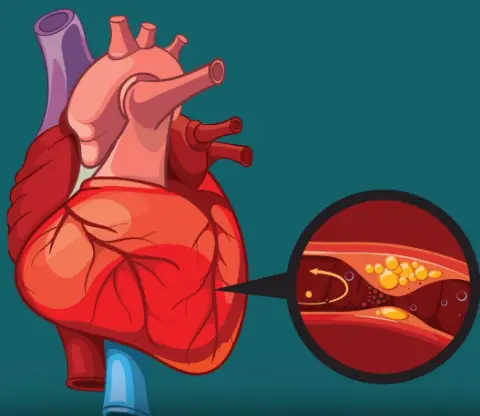
The Best Foods to Cleanse and Prevent Clogged Arteries
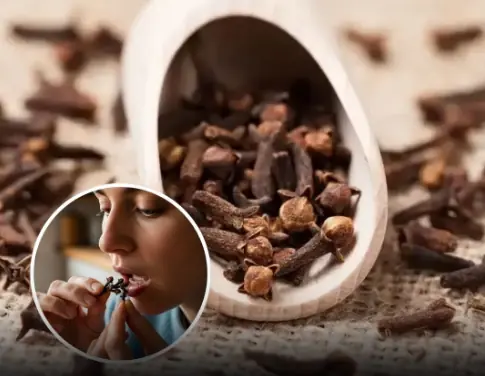
The Ultimate Guide to Cloves: Benefits, Uses, and How They Work

Top 10 Foods to Control Diabetes

90% of Cerebral Infarction Patients Did These 3 Things in the 3 Days Before a Stroke — Chances Are You’re Doing the Second One Right Now

🩺 If Your Kidneys Are in Danger, Your Body Will Warn You With These 8 Signs
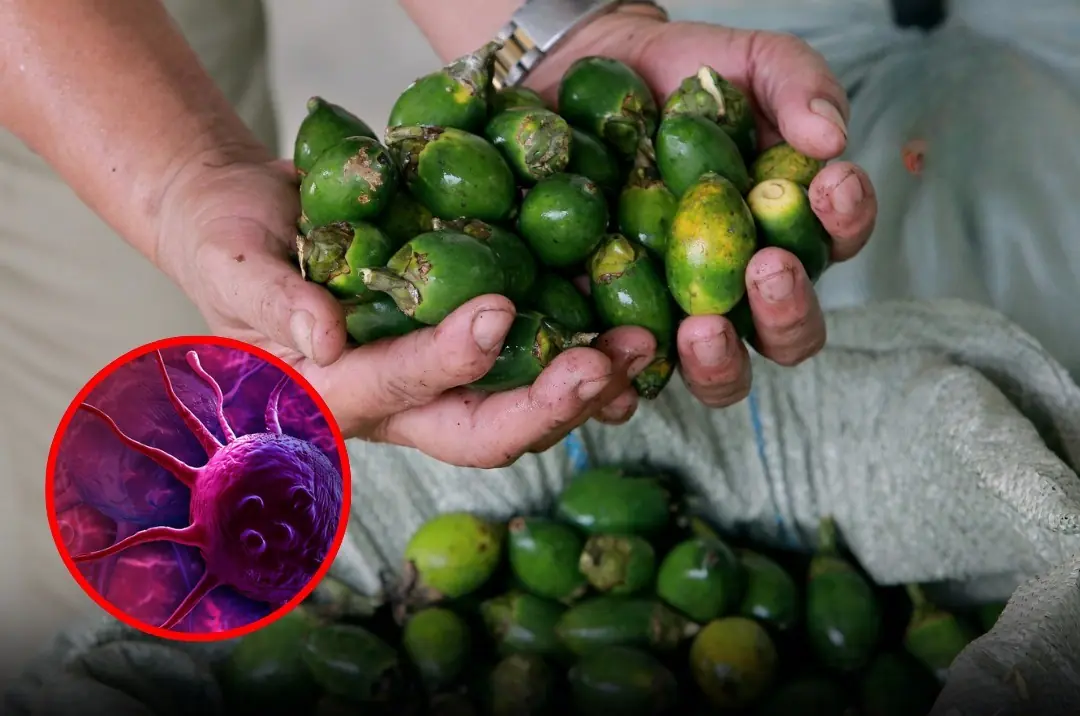
You might be eating these every day — and not know the dang:ers

Watch out – this sign could be an early warning!
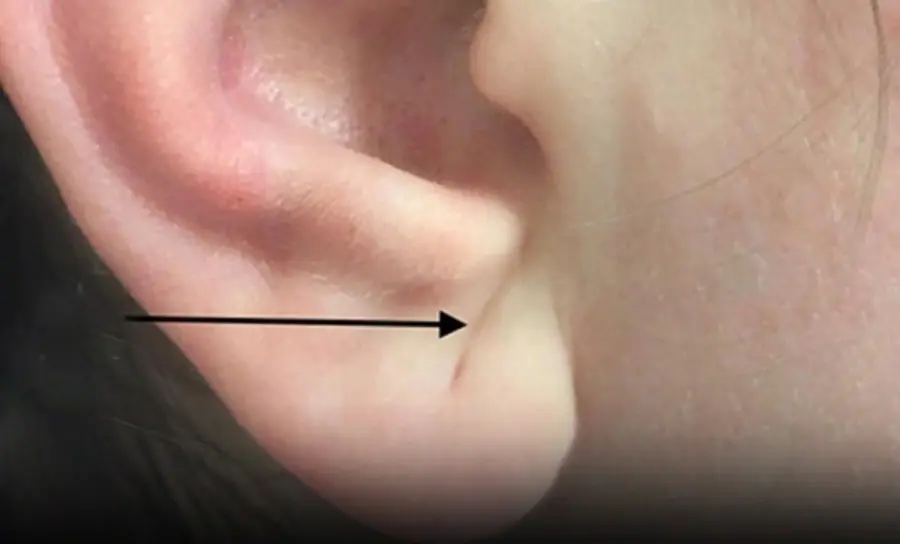
Shortness of breath, chest pain, and heart rhythm disturbances are not the only warning signs that you are in danger of heart disease.

Warning signs you may have a brain hemorrhage, don't ignore them or you'll regret it too late
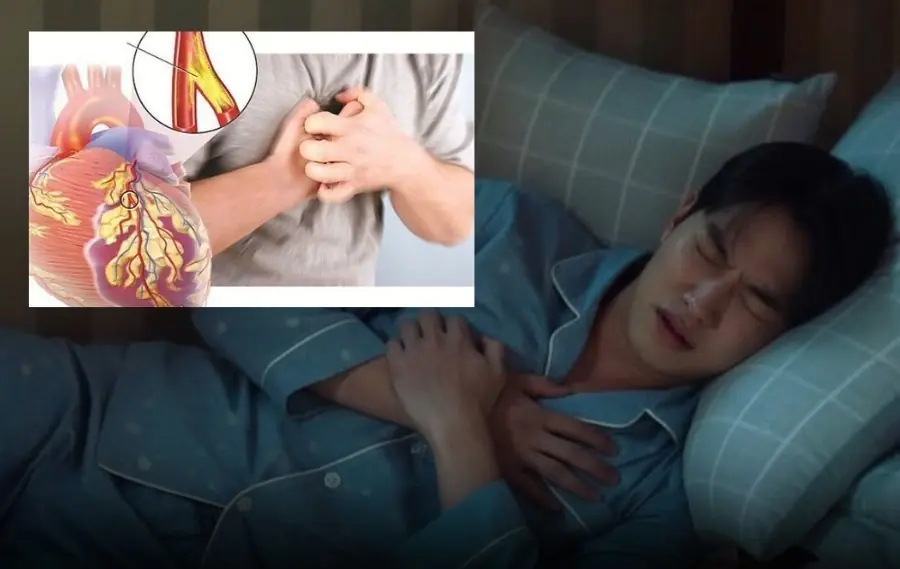
If you go to sleep and encounter these 5 situations, you should be careful
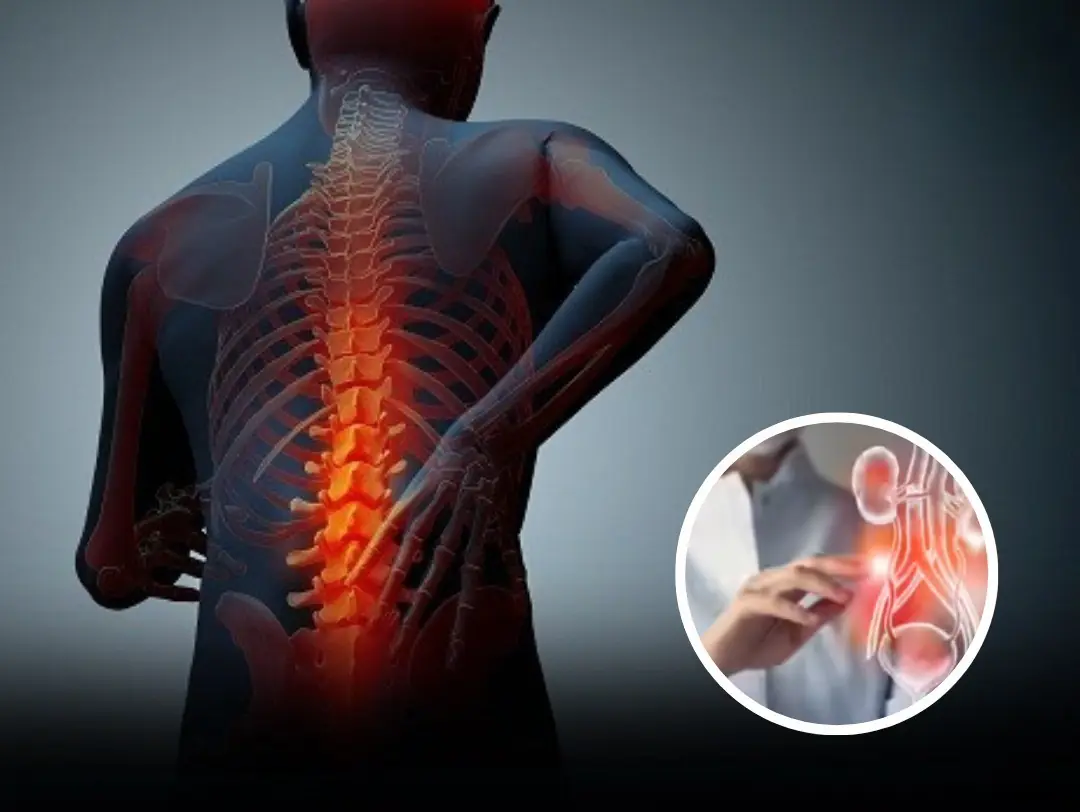
Your Body May Be Signaling Kidney Weakness—Here’s What to Look For

8 Early Warning Signs Of Ovarian Cancer You Shouldn’t Ignore
News Post
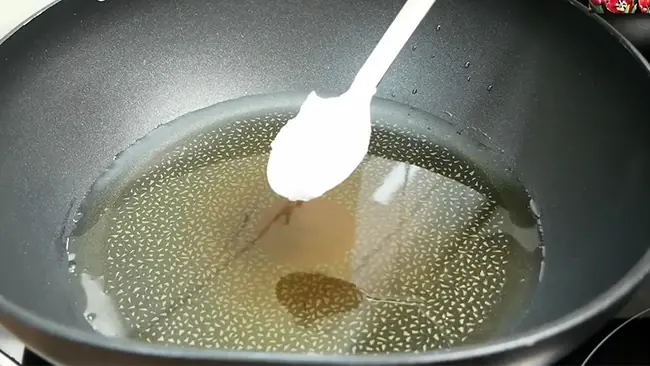
90% of women don’t know this trick: Add this one thing to the pan and you can fry “everything” without worrying about oil splattering!

Top Hospitals Issue Stark Warning: This Common Meat May Be “Feeding” Can.cer — Just 50 Grams a Day Raises De.ath Risk by 18%

Black Beans and Black Sesame: The Ancient Pair That “Cleans by Day, Restores by Night” — Yet Most People Use It Wrong
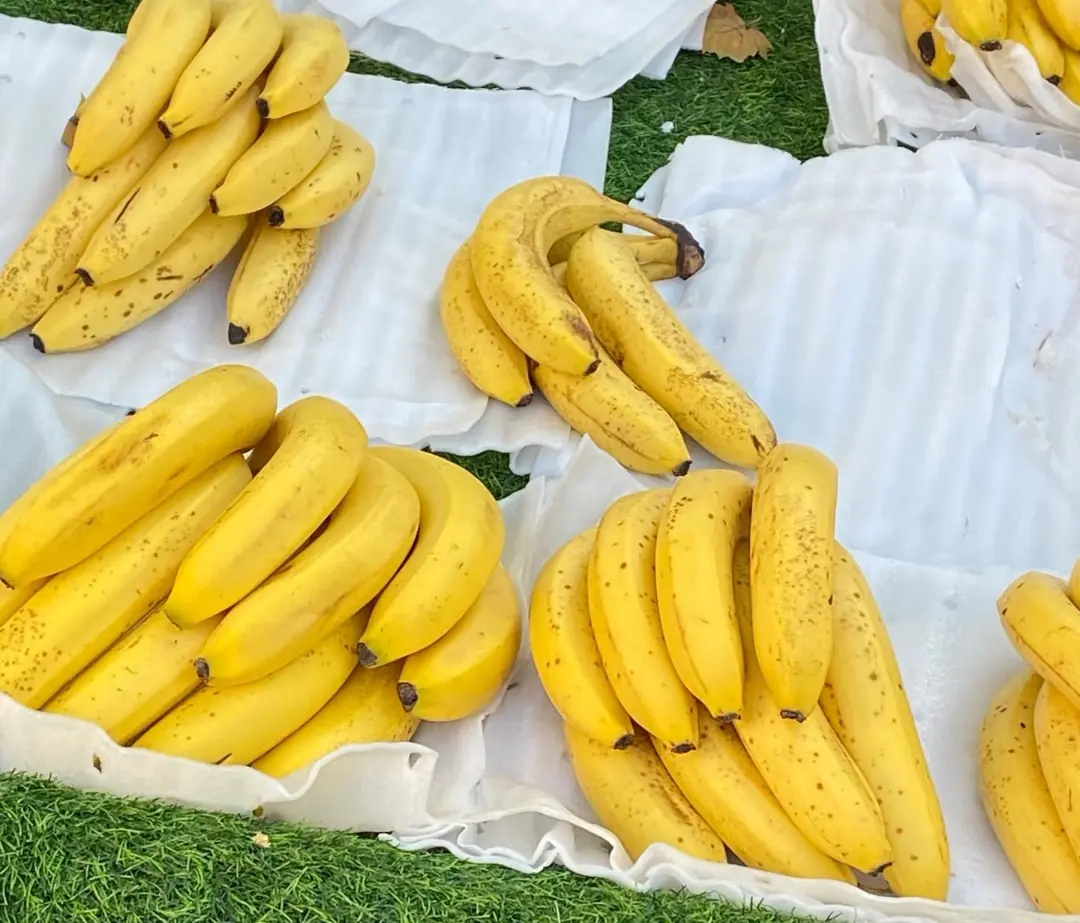
When Buying Bananas, Just Say These 3 Words — Sellers Will Think You’re an Expert and Won’t Dare to Cheat You

The Real Causes of Constant Phlegm and Mucus in Throat — And How to Get Rid of It

3 Signs Your Parent May Be Nearing the End of Life — How to Prepare for What’s Ahead

Why you keep waking up with dry mouth—and what it may be telling you

So this is what it does, here is the answer

If You Keep Waking Up at 3AM, The Universe Might Be Trying to Tell You Something

These sudden purple patches on my arms won’t stop appearing, and my doctor is booked until January. What’s happening?

The Hidden Meaning Behind Thumb Rings for Women vs. Men

The Best Foods to Cleanse and Prevent Clogged Arteries

The Ultimate Guide to Cloves: Benefits, Uses, and How They Work

Top 10 Foods to Control Diabetes

90% of Cerebral Infarction Patients Did These 3 Things in the 3 Days Before a Stroke — Chances Are You’re Doing the Second One Right Now

PAN-SEARED WHITE FISH WITH GARLIC CHILI BUTTER

🩺 If Your Kidneys Are in Danger, Your Body Will Warn You With These 8 Signs

You might be eating these every day — and not know the dang:ers

Watch out – this sign could be an early warning!
